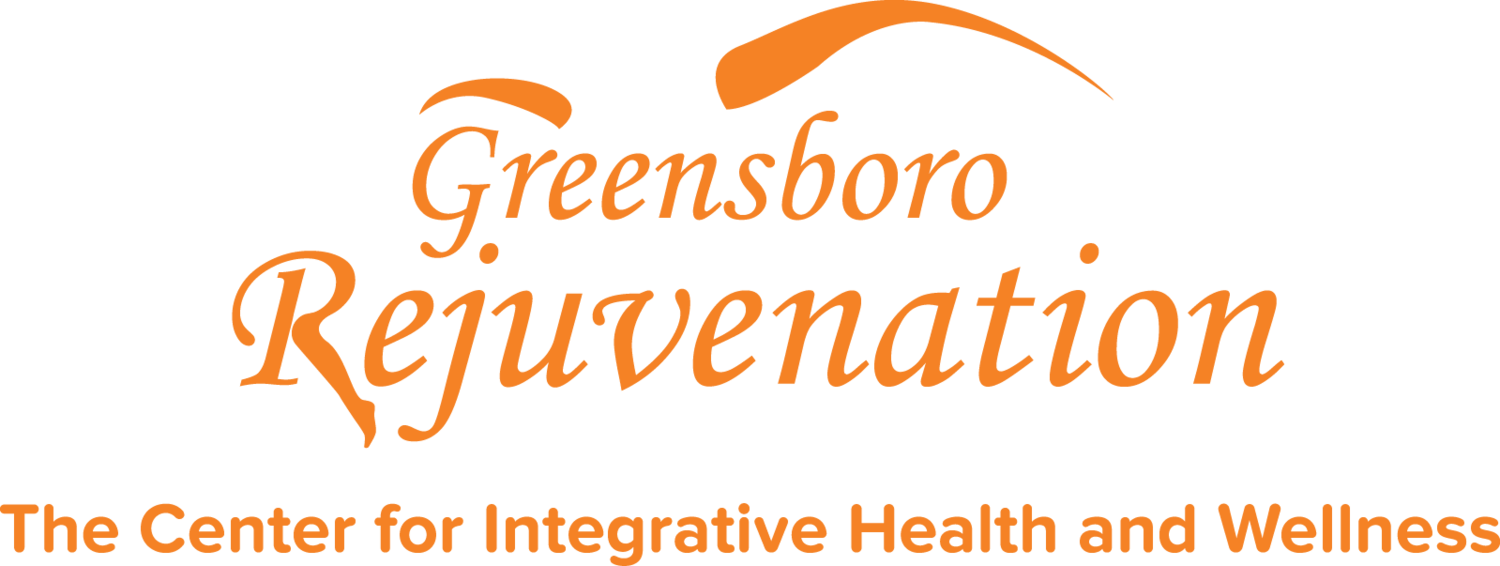Efficacy of autologous platelet-rich plasma combined with hyaluronic acid on skin facial rejuvenation: A prospective study
/A total of 31 patients were recruited under the assumption of a 20% dropout rate, 20% size effect from treatment, bilateral 5% alpha risk, and 80% beta risk. The mean age of the 31 patients included in the study was 51.8 plus or minus 8.5 years. Comparison of FACE-Q scores showed significant improvement at 6 months compared with baseline.





















